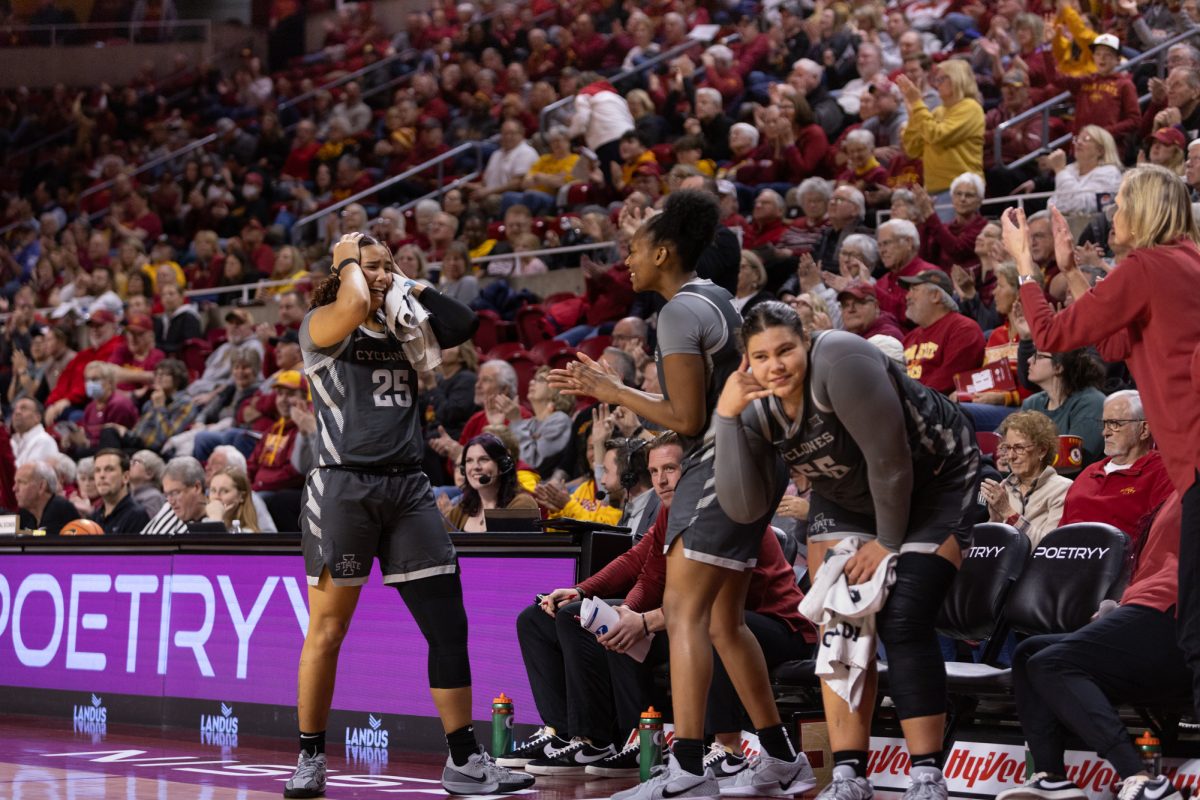Confinements have advantages
October 29, 1997
Hog confinements are a growing movement in Iowa. There are many supporters of this movement in the hog business, because of some advantages large hog confinements produce.
One such supporter is Neal Keppy.
Keppy, who is a junior in animal science, is a life-long hog farmer. Keppy and his family have been involved in the hog industry with groups such as the FFA, 4-H, Iowa Pork Producers and National Pork Producers.
Keppy said he is in favor of hog confinements.
He said he sees large hog confinements as having many advantages for the small farmer.
“It can be easier for a young farmer to be involved with swine production because they do not have to put out large amounts of capital,” Keppy said.
He said the farmer only has to supply the land and labor, and can get paid on a per pig basis.
Hog confinement contracts allow young farmers to work for a large-scale operation or even get financial help through bigger farms, Keppy said.
Some corporate operations offer various programs where they build the facilities and fill them with pigs.
In addition, Keppy said with some programs, a farmer will own the buildings after working for the corporation for 10 years.
Large swine operations also contribute large amounts of money to do research on new ideas and innovations as related to swine operations.
Small farmers can then use these new technologies in their own operations to increase their efficiency and quality.
“Having the ability to produce good quality pork on an efficient level is a vital aspect in the survival of the small farmer,” Keppy said.
Many small farmers may have a hard time affording large confinements, Keppy said.
He said a large confinement ranges in price from $100,000 to $200,000.
The cost depends on size, manure handling system, manure storage system, heating, cooling and feeding and watering options.
Large confinements may not be for every operation. Other options include hoop barns.
Keppy said these structures are easily adapted to small operations, and are much cheaper than large hog confinements.
An average hoop barn costs about a third of the cost of a large confinement per pig space.
In Keppy’s opinion the hog confinement industry is going to change no matter what.
“The small farmer can compete if they are willing to adapt to the change,” he said.






